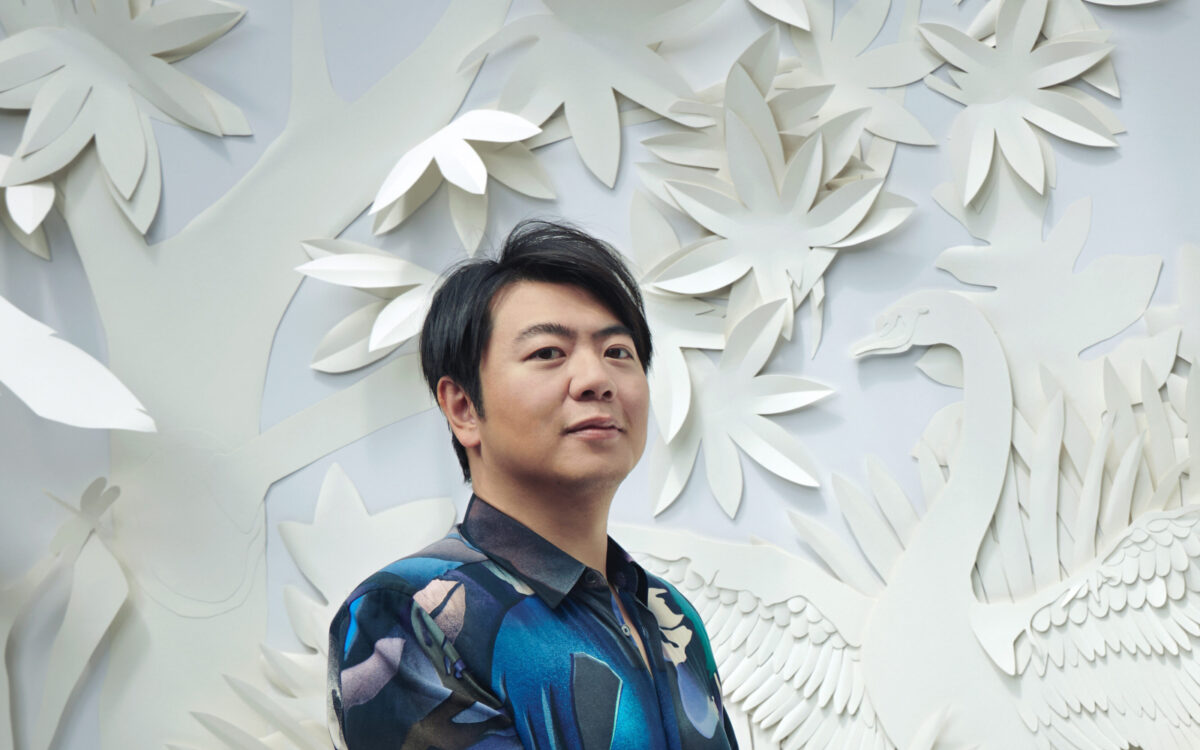The Sorcerer's Apprentice
Paul Abraham Dukas was born in Paris on October 1, 1865, and died there during the night of May 17-18, 1935. He composed The Sorcerer’s Apprentice in 1897, 100 years after Johann Wolfgang von Goethe wrote the ballad on which it was based. Dukas conducted the first performance at a concert of the Société Nationale de Musique on May 18, 1897.
The score calls for 2 flutes and piccolo, 2 oboes, 2 clarinets and bass clarinet, 3 bassoons and contrabassoon (or contrabass sarrusophone), 4 horns, 2 trumpets, 2 cornets, 3 trombones, timpani, harp, glockenspiel, bass drum, cymbals, triangle, and strings (first and second violins, violas, cellos, and double basses). The piece is about 10 minutes long.
I am sure that for many of you, as for me, Fantasia was the introduction to Dukas’s masterful scherzo. Much about Disney’s film is questionable—the bra-clad centaurettes, the Crystal Cathedral Ave Maria, Leopold Stokowski’s derangements of Beethoven and Stravinsky—but much of it is inspired and full of life, surely nothing more so than casting Mickey Mouse as the ingenious apprentice who outsmarts himself. Disney, with some variation of detail, retells Dukas, who retells Johannes von Goethe, who in fact retells a story he found in the writings of the 2nd-century Greek satirist Loukianos or Lucian. The story is that of a sorcerer-in-training who, in his master’s absence, thinks to save himself trouble by commanding the broom to assume something like human form, with two legs and a head, and to fetch the bathwater from the river. He has, however, forgotten the command to stop, and no amount of verbal abuse does the trick. Meanwhile the house is flooded. He thinks of a solution—to take a cleaver and destroy the relentlessly industrious broom. This gives him two water-carrying brooms instead of one. Panicked, he calls the sorcerer: “Master, the peril is great. / I cannot be rid / of the spirits I called.” The sorcerer restores order and lays down the law: only he, and for his purposes alone, will summon these spirits.
Paul Dukas came from a cultured and well-to-do Jewish family. His mother was a good amateur pianist who died when Paul was only 5. He was very close to his father and to his older brother Adrien, whose death in 1908 brought him the greatest grief of his life. He was an exceedingly private man who married late, at 50, and whose personal life was contained: one wife, one daughter, no mistresses, few travels. He learned his craft from Ernest Guiraud, now best remembered for the recitatives he added to Carmen. As a young man, Dukas made his living as a singularly thoughtful critic. Later he taught at the Paris Conservatory and the École Normale, his list of pupils including Olivier Messiaen. Besides The Sorcerer’s Apprentice, Dukas’s music includes one symphony, one piano sonata, the fragrant, atmospheric opera Ariane et Barbe-Bleu (“Ariane and Bluebeard”), and the wonderfully seductive, richly erotic dance score La Péri (1912), after which he seems to have suffered some kind of shipwreck. In 1920 he joined Stravinsky, Falla, Ravel, and others in contributing to a tombeau for Debussy following the latter’s death. Four years later Dukas made a lovely setting of a sonnet by the 16th-century poet Pierre de Ronsard. And that was all. Only weeks before his death he burned the manuscripts of his early works as well as the more recent sketches of, among other things, a Symphony No. 2 and a violin sonata.
The brilliant music of The Sorcerer’s Apprentice hardly needs exegesis. Dukas begins with a slow introduction that both provides a frame for the story and depicts the calm before the brainstorm, though even there something is germinating. Then the music busts into crazily energized life, and after a thud on the timpani and a long silence, the story begins. In an ingenious, brilliantly scored series of continuing variations, the piece builds to its first crisis, the hacking to bits of the broom. The coming to life of the fragments, the flood, the panicked call to the sorcerer, the sorcerer’s command—all is set vividly before us. The quiet opening music returns to complete the frame. This time Dukas adds a regretful phrase for a single viola, alone unmuted among all the strings. And the last two bars remind us that this is, after all, a scherzo.
Michael Steinberg
Michael Steinberg was program annotator of the Boston Symphony Orchestra from 1976 to 1979, and after that of the San Francisco Symphony and New York Philharmonic. Oxford University Press has published three compilations of his program notes, devoted to symphonies, concertos, and the great works for chorus and orchestra. This essay on The Sorcerer's Apprentice was originally written for the San Francisco Symphony program book in 1993 and is used here by permission of that orchestra.
The first American performance of The Sorcerer’s Apprentice was given by Theodore Thomas and the Chicago Orchestra (later the Chicago Symphony) on January 14, 1899.
The first BSO performances of The Sorcerer’s Apprentice were led by Wilhelm Gericke on October 21 and 22, 1904.

